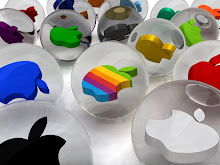The term CAD/CAM is a shortening of Computer-Aided Design (CAD) and Computer-Aided Manufacturing (CAM). The term CAD/NC (Numerical Control) is equivalent in some industries.
CAD/CAM software uses CAD drawing tools to describe geometries used by the CAM portion of the program to define a toolpath that will direct the motion of a machine tool to machine the exact shape that was drawn.
CAD & CAM Together at Last
The development of Computer-aided design had little effect on CNC initially due to the different capabilities and file formats used by drawing and machining programs. However, as CAD applications such as SolidWorks and AutoCad incorporate CAM intelligence, and as CAM applications such as MasterCam adopt sophisticated CAD tools, both designers and manufacturers are now enjoying an increasing variety of capable CAD/CAM software. Most CAD/CAM software was developed for product development and the design and manufacturing of components and molds, but they are being used by architects with greater frequency.
Today, over three-quarters of new machine tools incorporate CNC technologies. These tools are used in every conceivable manufacturing sector, including many that affect building technologies. CNC technology is related to Computer Integrated Manufacturing (CIM), Computer Aided Process Planning (CAPP) and other technologies such as Group Technology (GT) and Cellular Manufacturing. Flexible Manufacturing Systems (FMS) and Just-In-Time Production (JIT) are made possible by Numerically-Controlled Machines.
Reference from:


0 comments:
Post a Comment